The HPV Prevention and Control Board held its sixteenth meeting in Antwerp, Belgium, in June 2024, to explore effective strategies for accelerating the elimination of human papillomavirus (HPV)-related cancers. The meeting report was published in BMC Proceedings. Despite the global commitment of Cervical Cancer Elimination since 2020, only around 30% of girls worldwide have received the HPV vaccine, and merely a quarter of screening programs employ the recommended molecular HPV tests. These gaps reveal a persistent disparity between scientific advances and practical implementation, particularly in low- and middle-income countries where infrastructure, financing, and health workforce shortages limit program scale-up.
HPV FASTER and HPV EVEN FASTER
Two innovative frameworks——HPV FASTER and HPV EVEN FASTER were discussed as pathways to strengthen integration between vaccination and screening. HPV FASTER proposes vaccinating women up to age 45 and linking vaccination with screening visits, thereby reducing future screening needs for HPV-negative women and limiting transmission among those already infected. HPV EVEN FASTER extends this concept by simultaneously vaccinating and screening women aged 23-30 to reduce the virus’s reproductive number (R0) below one, making elimination biologically achievable. Swedish data show R0 values declining from 1.3 among women aged 25 to 0.4 among those aged 35, suggesting that targeted vaccination could effectively stop HPV type circulation.
Accelerating strategies for low-resource settings
In resource-limited settings, single-dose vaccination, endorsed by WHO in 2022, was recognized as a cost-effective and equitable solution to expand coverage. The report reviewed modeling studies in India, Rwanda, and Brazil and found that prioritizing HPV vaccination strategies requires tailored approaches tailored to local circumstances. The report indicates that in regions with moderate to very high cervical cancer burdens, vaccination should prioritize women under 25 years of age rather than boys. Conversely, in areas with lower cervical cancer burdens, vaccination should first target women aged 26 to 30, followed by boys.
Research Gaps for Future Exploration
Although vaccines have significant value, achieving effective coverage among high-risk populations and vulnerable groups remains a key challenge, requiring targeted solutions. Additionally, the conference report briefly reviewed relevant research on HPV latency, immune control, and subclinical infections. The report noted that the interpretation of HPV test results remains suboptimal. It is currently unclear whether newly detected HPV represents primary infection, reinfection, reactivation of latent infection, recent deposition, or autovaccination, nor is the impact of these scenarios on HPV-related cancer risk understood. Filling these gaps is crucial for informing future research and refining vaccination and screening strategies.
Content Editor: Xinyue Zhou
Page Editor: Ruitong Li
More can be found in these articles:
https://doi.org/10.1186/s12919-025-00337-1
Reference
Burdier, F.R., Bosch, F.X., Waheed, DeN. et al. Accelerating HPV-related cancer elimination-a meeting report. BMC Proc 19 (Suppl 19), 22 (2025). https://doi.org/10.1186/s12919-025-00337-1
WHO global survey on the inclusion of cancer care in health-benefit packages, 2020–2021. Geneva: World Health Organization; 2024. Licence: CC BY-NC-SA 3.0 IGO.





